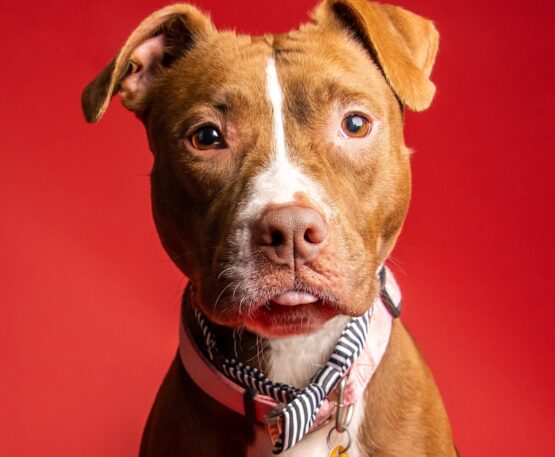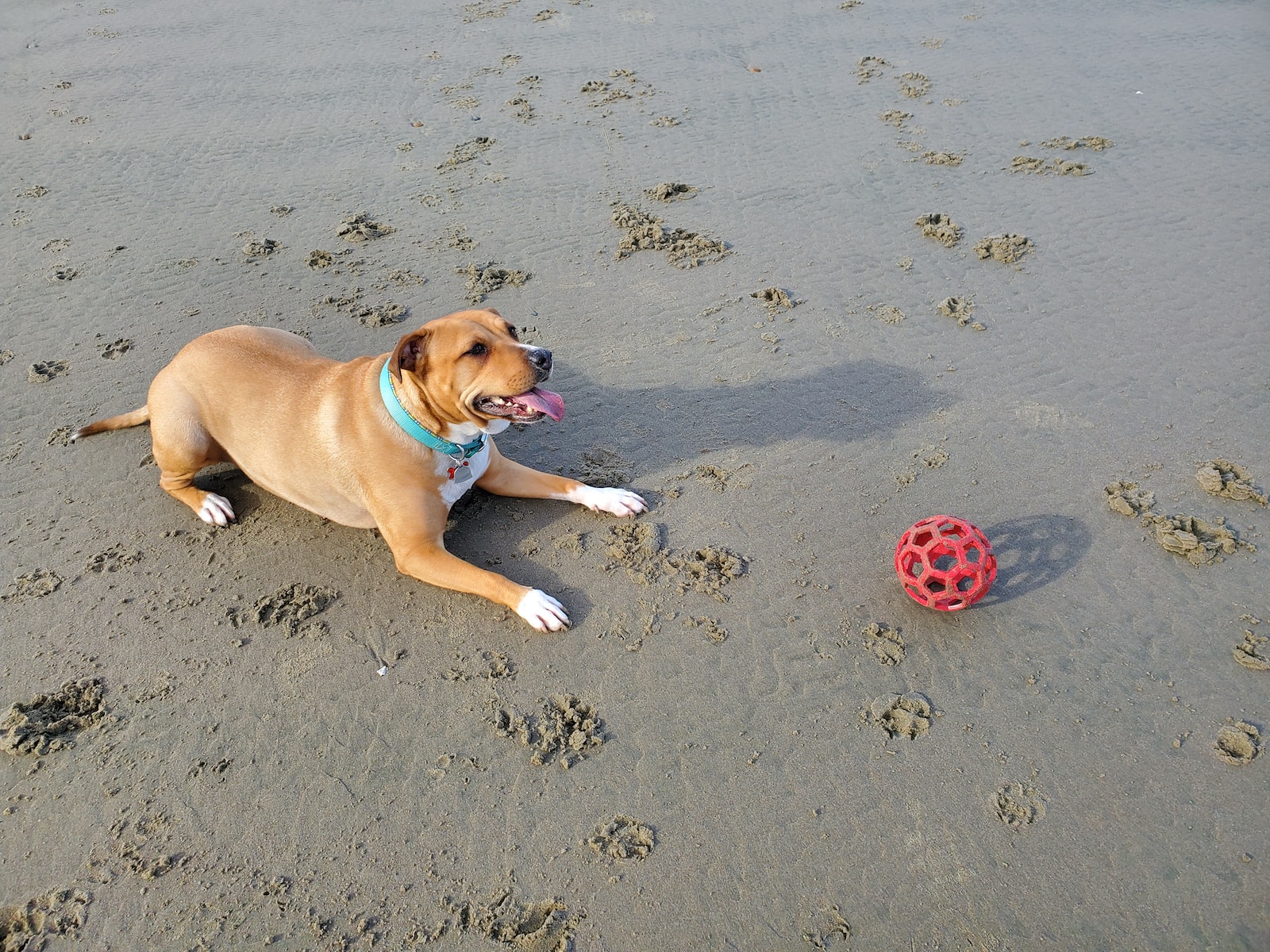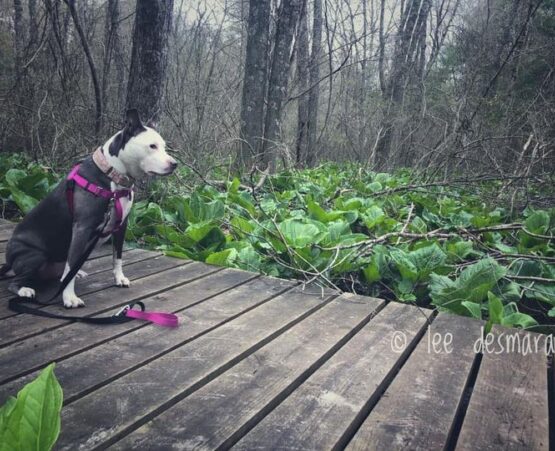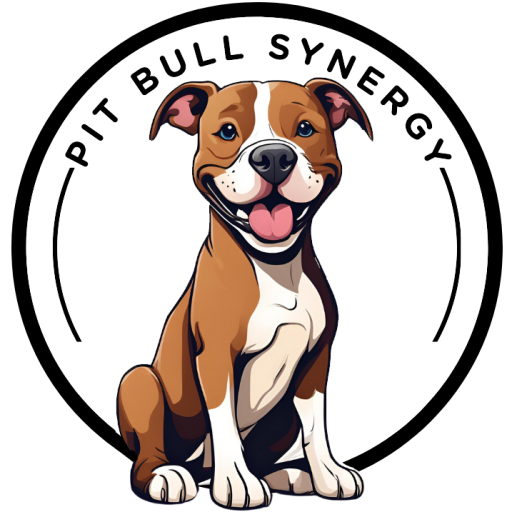menu
Adopt a Pit Bull

Adopt a Pit bull
Being a responsible Pit Bull Parent starts before your Pit Bull comes to live with you.
Thinking About Adopting a Pit Bull?
You will not be just be giving a dog a home; you will be adopting your most loyal family companion. All dogs have individual personalities, but most Pit Bulls are people dogs and LOVE being with and around their people. Devoted dogs that tend to be very in tune with their people's emotions. They are dynamic dogs and are well worth learning about which will help you understand them better.
Responsible Pit Bull Ownership
Pit Bulls need responsible owners. Owners who make sure their dogs are spayed and neutered, to help with overpopulation, up to date on
vaccinations and veterinary care to keep their dog healthy. Getting lost is never fun but having them licensed, and microchipped can aid in getting them back home. Responsible owners train their dogs, training is beneficial to the dog, the family, the public, and for breed image. Responsible owners make their dogs are part of their family and they will not give up or rehome their dog easily because of life changes.
The First Few Weeks of Bringing Your Dog Home : Decompression
Excited about bringing home your new family member! And, your family is too, but the first days, all dogs need time to decompress and adjust to their new people, new homes, new surroundings, new routines, and schedules.
Many people do not realize how crucial decompression is to newly adopted dogs. Dogs from rescues or shelters need time to adjust. This decompression time can make or break your dogs' introduction to their new life. It is also imperative that if there are resident dogs, that they have time to adjust to a new dog in the home. You can not rush the Adjusting period to a new dog needs, it takes time. Please set your dog up for success for life. Allow a few weeks of peaceful living for dogs to relax to become comfortable in their new home and learn their new routines. Try not to add in too much stimulus for a few weeks; leave meeting new people or animals until after the dog has had the opportunity to adjust to his new life.
Licensing and Microchipping
To avoid the heartache of your dog becoming a lost dog, have them licensed and microchipped. Make sure you register and keep your microchip updated with the chip company. This is the easiest possible way to find a lost dogs owners and have them returned home. Most shelters, rescues, and veterinarians have chip scanners available. A microchip is a reliable way for shelters or vets to get your contact information, unlike removeable collars or tags, that can easily fall off a microchip increases the odds of finding your lost dog.
Spaying and Neutering Your Dog
By having your dog sterilized, you will do your part to help an already overpopulated breed of dog. Pit Bulls are the number one dog euthanized
today. Spaying and neutering will prevent unwanted litters. It helps to protect against some severe costly health problems and may help reduce
behavioral issues.
Bully Breed Homes
Bully breeds can do well in apartments, condo dwellings, and urban settings, as long as they get plenty of exercise and outdoor activity daily. It can be challenging to find secured (fenced-in areas) to allow your dog to run off-leash. Tennis courts, ball fields, or a friend's fenced backyard are a couple of options. We do not suggest dog parks, as dogs can learn bad behavior from other dogs, and it is an unstable environment. If anything happens, regardless of how it started or by who, it is always blamed on Bully Breeds.
Be sure your condo association or apartment landlord allows Bully breeds in the complex, be dedicated that if in the case you should have to move, you will find a place that your dog can move with you. Relinquishment of dogs happens too often, due many times to renters not knowing the rules of their complex, new landlords purchasing the properties with new regulations, or moving for other reasons and not finding a new place that will accept Bully breeds.
Keep Them Busy!
Pit Bulls are high-energy dogs that need exercise every day. Even a short 30-minute walk, game of fetch, frisbee, or biking with your dog will help burn off energy. When you walk your dog, LET them sniff! "To them, it's like reading a newspaper and gives them mental stimulation through their olfactory nerves. The mental enrichment your dog gets on a slow walk with lots of time for sniffing is much greater than they would get on a fast-paced walk. Meaning a shorter sniffy walk can tire them out, and they will generally be more relaxed and less likely to exhibit destructive or mischievous behavior when at home.
30 Minute Walk
A Game of Fetch
Let Them Sniff

Keeping Your Pit Bull Safe
Known to be great escape artists. Never leave your dog unattended in the yard. Someone may steal or poison them and they also can become bored. Bored dogs find ways to entertain themselves, which usually involves getting themselves into mischief by fleeing to have some fun. Bored dogs find ways to entertain themselves, which typically means getting themselves into trouble by escaping to find some fun. Keep your dog adequately confined. Usually, a 6-8 foot fence should be adequate, provided your dog is not a fence jumper, once they learn they can jump a fence, they most likely will continue to do so; it's not something you want them to learn. We do not suggest electric fencing, it's a negative experience for a dog, and it does not prevent other animals from entering your yard. If the dog wants to go through it, they will. A physical fence acts as a visible barrier.
The point of using dummy text for your paragraph is that it has a more-or-less normal distribution of letters. making it look like readable English.
Socialize your dog. Puppy socialization is crucial; as very young dogs. Socialize around people, other dogs, other animals, and as many things as you can possibly. During their first year, you have a small window of opportunity to help them be fear-free and comfortable
during their entire life with everything they will encounter. Take your dog to as many places as possible with different surfaces (grass, pavement, dirt, sand, tile, carpet, etc.) to experience many different things. Meet many people, other animals, and meet as many other dogs as
possible while young. Many training facilities typically offer puppy playgroups. A training facility will have much more structured play with people who are knowledgeable about dog body language and about play styles. We do not suggest dog parks.
Build a Bond
Train your dog; we cannot stress enough that a dog with solid training is a good dog. We suggest and support positive and humane only training practices. Positive training gives your dog a good experience to learn skills and not just to learn avoidance. Join an obedience class as soon
as you adopt, obedience classes teach you how to communicate with your dog, and it's a great bonding experience for you and your dog. Still,
for relationships to truly thrive, we must cement that bond through mutual trust, respect, and regard.

Training at a facility also helps with socialization. When at home, you can continue that training and bonding by doing short homework training
sessions of 5 or 10 minutes throughout the day, which will give your dog mental stimulation and attention. Dogs tend to learn better and quicker
with multiple short sessions.
You can find trainers in your locality by visiting The Association of Professional Dog Trainers website.
Feeding Your Dog
Most veterinarians suggest a scheduled feeding. Typically twice a day, splitting the total day's intake into two meals. Some people free feed,
meaning food is available all day at any time of day, this though, is not a good idea. Especially in multiple pet households in Pit Bull
households, this is a big no, don't do it.
Scheduled feeding provides a routine structure; feeding is more sanitary. It allows you to easily track your companion’s food intake, which can help alert you to possible sickness. It offers a bonding opportunity, and it will enable you to estimate when your dog will need to relieve himself.
Supervising Your Dog
Never leave Pit Bulls unsupervised with other dogs or animals. Many Pit Bulls get along well with other pets and may live happily with other dogs without incident their entire lives. But, you can’t assume that this will always be the case. Unfortunately, those of us involved in
rescue and Pit Bull circles have heard too many stories about dogs who’d been best friends for years until the day something triggered a fight.
Therefore, it’s up to you to make good decisions to manage your dogs and keep them safe when you’re not present. You can use gates (provided
your dogs respect gates), crates, or different rooms to separate animals when no one is there to supervise them.
Collars and Harnesses
You will have many choices when it comes to collars, harnesses, and leashes. Some options are flat buckle, quick release, or martingale
collars, in choices of leather, nylon, cloth, or neoprene. Of course, leather is the most beautiful and natural, especially for dogs who are
prone to skin issues. Nylon by far is the most durable, and it will not stretch, even when wet. Metal buckles are best with anti-corrosion
resistance, and they hard-wearing. At the same time, some quick-release mechanisms are easy to release and even come undone by accident.
Martingale collars are probably the best collar out there, also called no-slip or limited-slip collars. Are a type of dog collar that provides more
control than a typical flat collar, and they prevent dogs from backing or slipping out of a collar. Martingale collars are adjustable, do not
have a buckle, and should not tighten past the width of the dog's neck. For walking your dog, many people find no-pull harnesses help
tremendously with control for exuberant dogs.
Leashes
Obey leash laws and ordinances in your area, and always have your dog on a leash unless you are in an enclosed private area. There is nothing
worse than coming upon an unleashed dog while out walking your own dog. We do not suggest retractable leashes; for many reasons, they can be extremely dangerous to owners and pets. Suppose you want to give your dog extra freedom when hiking or for the additional range to play. In that case, you can use a long line leash that is a non-retractable longer leash and is an excellent tool for distance training or extra freedom and still maintaining control from the handler.
